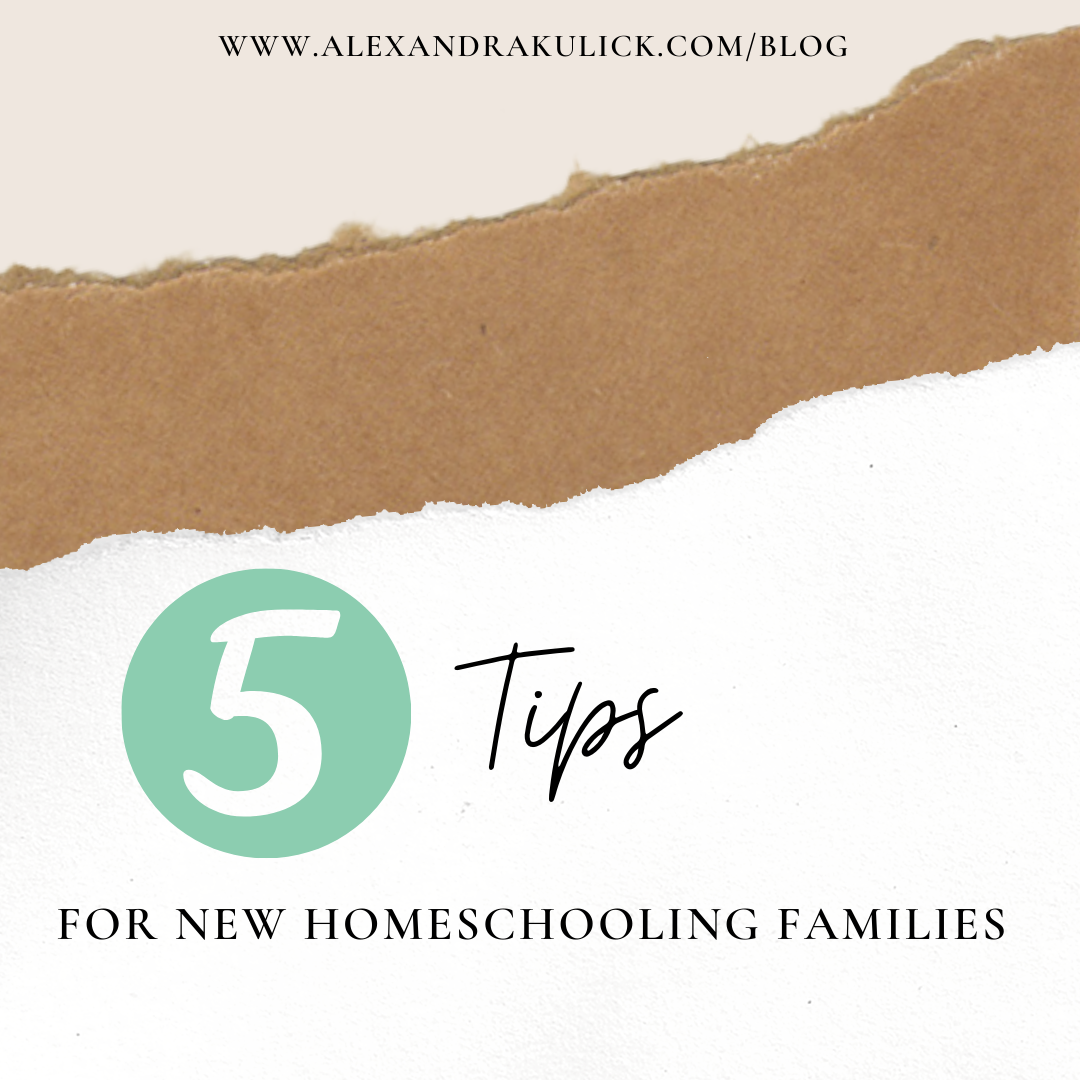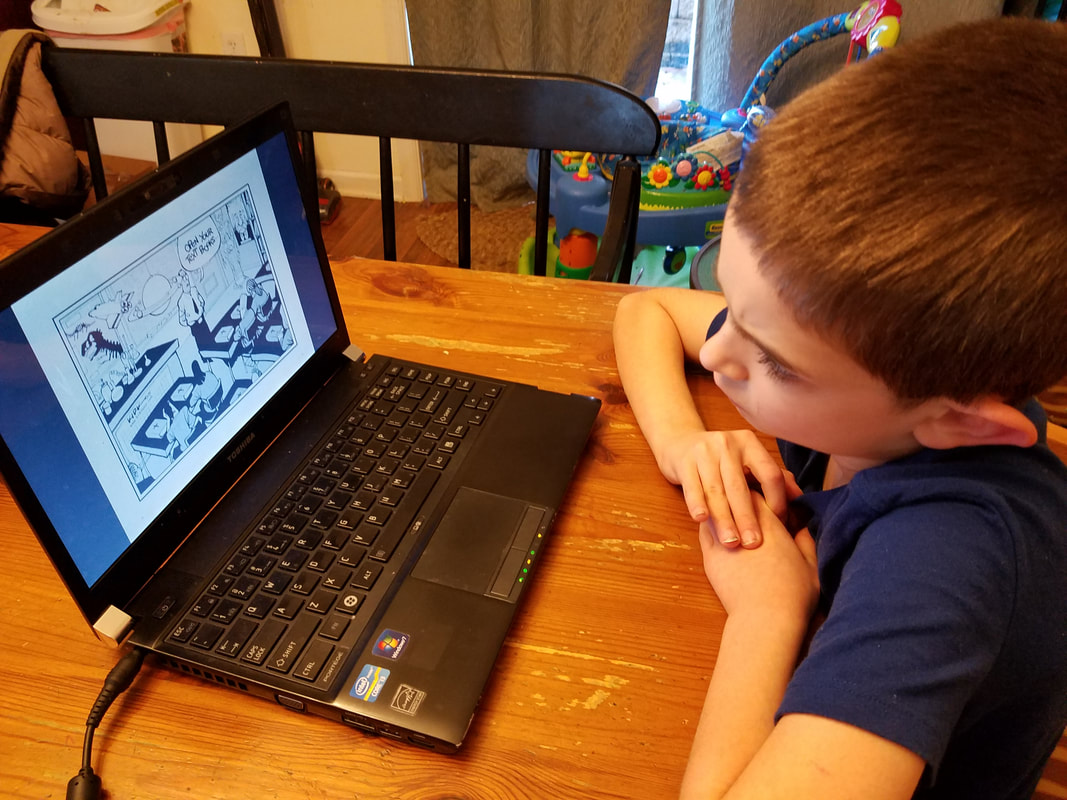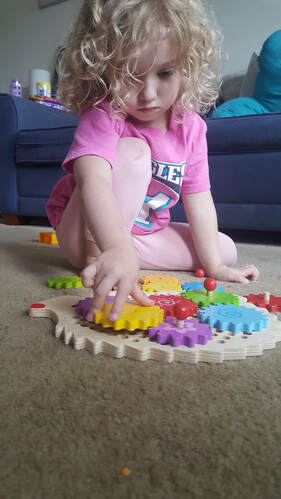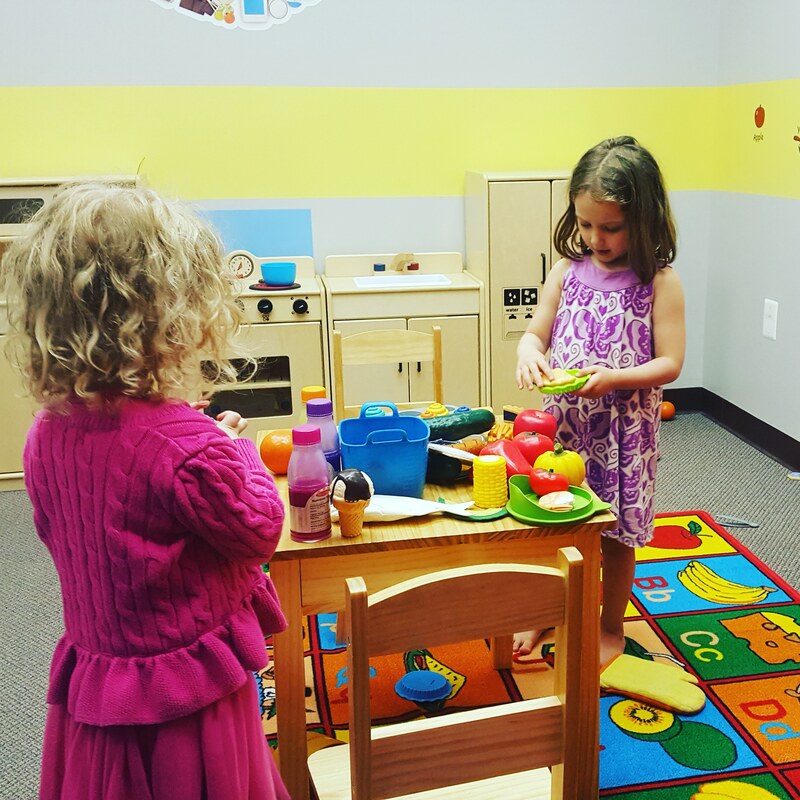|
Fall is quickly approaching and back to school planning is in full swing. Yet, this year is quite different. We've had the pleasure of meeting many families who are new to homeschooling and have made the leap due to the current pandemic. Most have a familiar look fear on their face and are wondering what to do or if they're homeschooling correctly, so I wanted to offer my tips- considering I know the feeling of homeschool uncertainties all too well. 1. Don't be afraid of "messing up." The truth is, there's no right way or wrong way, only what is beneficial to your family and student. What works might even change from week to week, but progress isn't measured in minuscule details, rather the overall, holistic well-being, and growth occurring under your roof. ( I wrote an article on this topic for The Old Schoolhouse Magazine called, "Watching Leaves Grow," to read if this struggle resonates with you) 2. Automate some learning. For me to teach 12 separate lessons, 4 per child times my three in school, while chasing a toddler would be impossible. Instead, my oldest has excelled in math and found online math programs that allow him to learn and progress, so for him, math is automated. My daughter tends to dislike online learning but enjoys reading, so I fill her learning time with history books or audiobooks that teach about history topics so that course is automated in a way. Another option is finding family-style studies. We do this with science, where I read one lesson and each child does corresponding work for their level. For more on what curricula options we've used, check out our comparative 1st grade curricula reviews With multiple students, delegating their workload helps maintain sanity for moms and independence for students, so I highly recommend looking into a form of course automation for certain subjects depending on your learner. 3. Find a tribe. Building a community of friends who are on a similar journey helps provide support, friendship, and laughter. Having dedicated time to get together, let kids play, and moms refresh has been crucial to keeping a sense of balance amidst the chaos. Our homeschool tribe has been Wild & Free, which has grown quickly over the last few years, but I encourage all new homeschooling families to check out different communities and find what works for them. 4. Keep it simple. Curriculum overload is a real thing. I know because I live there full time. When you start homeschooling, pick a program and work through it bit by bit. Don’t overload your schedule by trying to accomplish 3 years of math in 2 months, or try out 5 different science programs at once. There are SO many curriculum options that picking the “right” program can feel overwhelming, but starting with a few tried and true books and taking one step at a time will help you assess the material, your child’s learning style, and evaluate progress. 5. Play. So much learning happens when children are playing. With my third grader, studies have become more regulated this year but when he was in kindergarten, first, and second grade, I made a rule for myself that I wouldn’t interrupt their independent playtime for studies. Children need to play, they need to splash in puddles, and get their hands dirty. Many families fall into the pit of trying to replicate schooling at home with 6 hours planned at a desk, but that’s not how homeschooling generally works. Typical days of work are completed in 2-3 hours, and kindergarten and 1st grade usually require less time. This affords extra hours for the wonders that make childhood complete- make sure you and you’re students are relishing in it! Last year, I wrote my tips for homschooling first grade and you can learn more about playtime there! Any advice I should add to the list? I’d love to hear your advice to new homeschooling families in the comment section! Looking for more great homeschooling content? Check out the Homeschool Review Crew's August collection!
1 Comment
|
Alexandrais a writer & tired homeschooling mom of five. Categories
All
Archives
November 2022
|







 RSS Feed
RSS Feed
